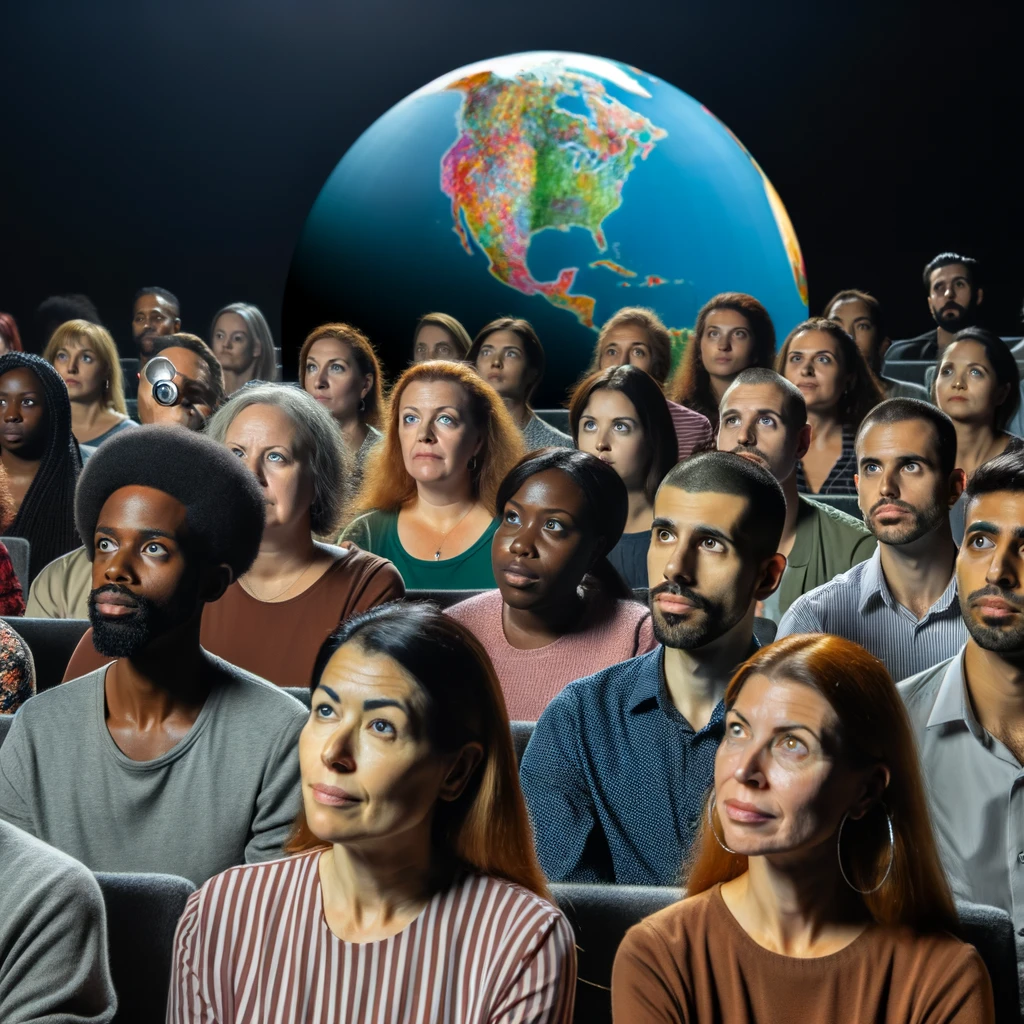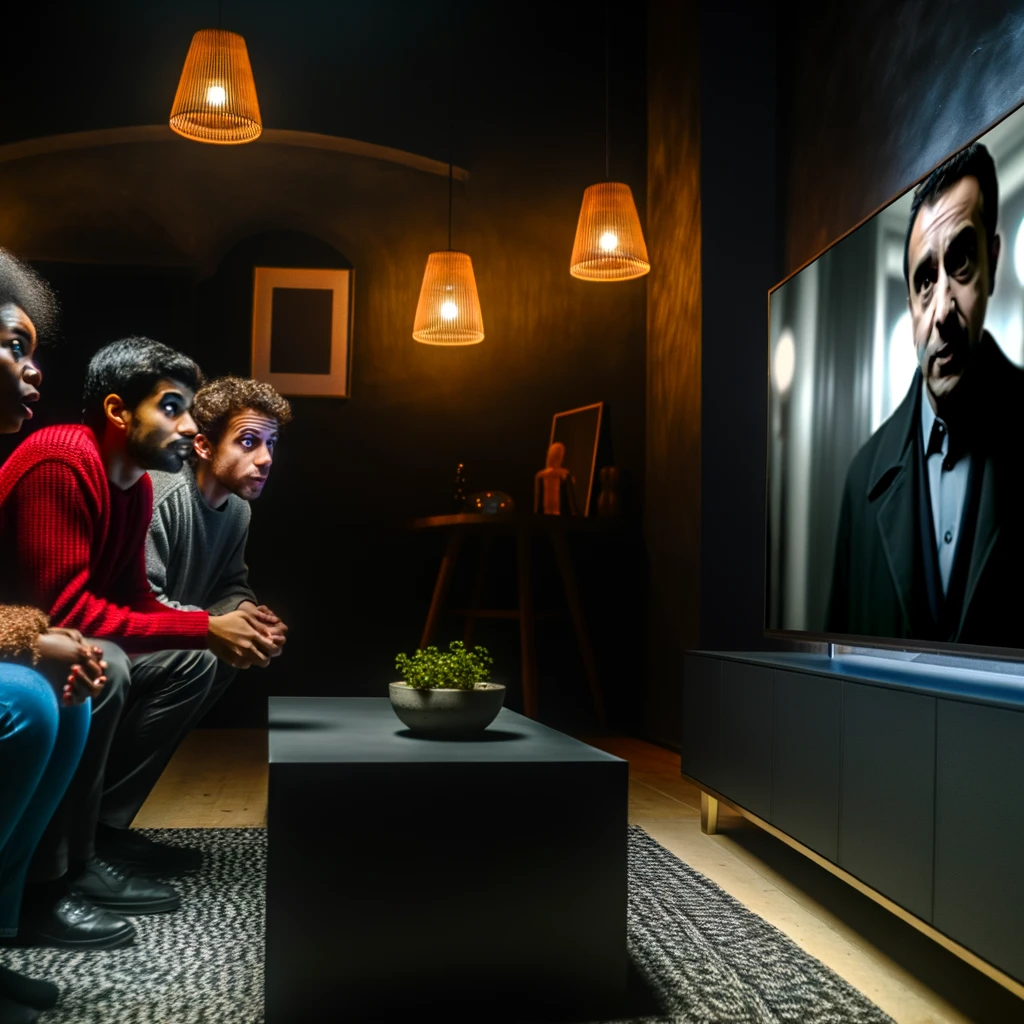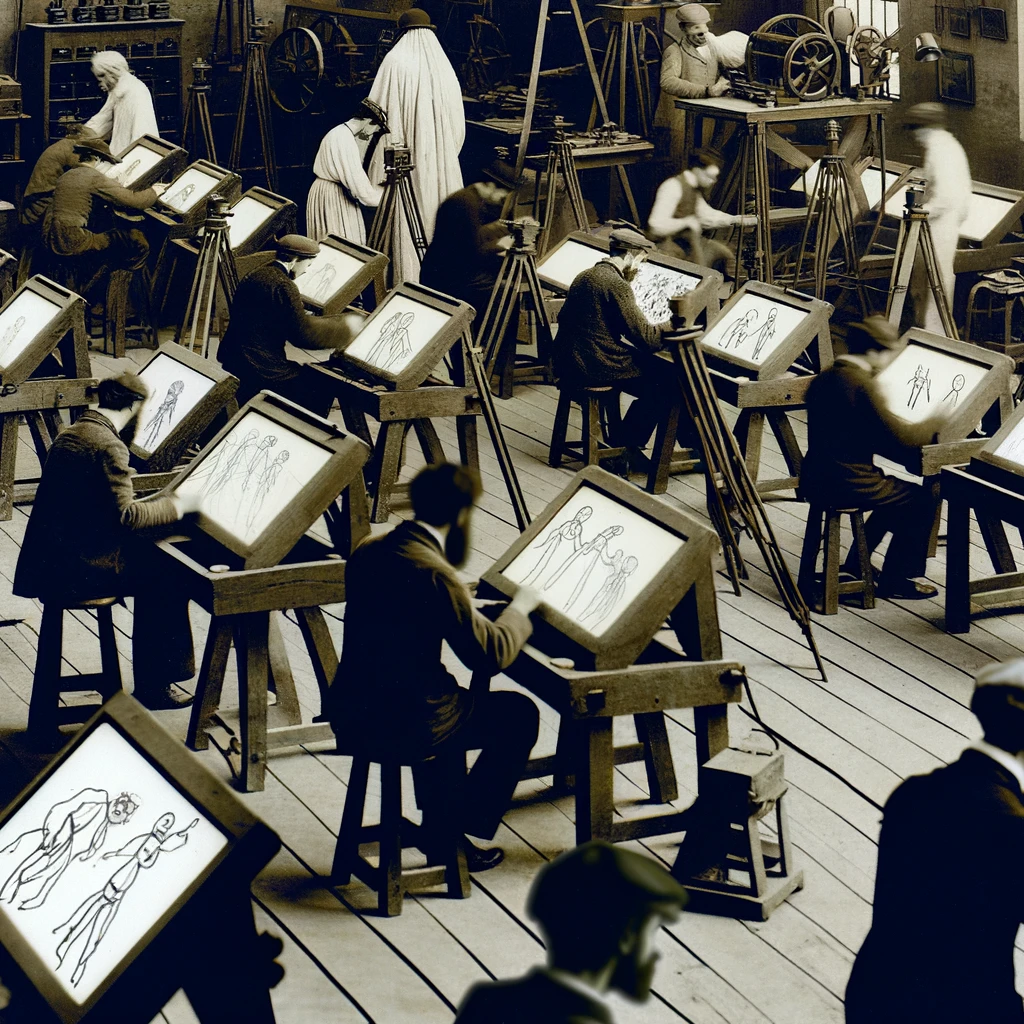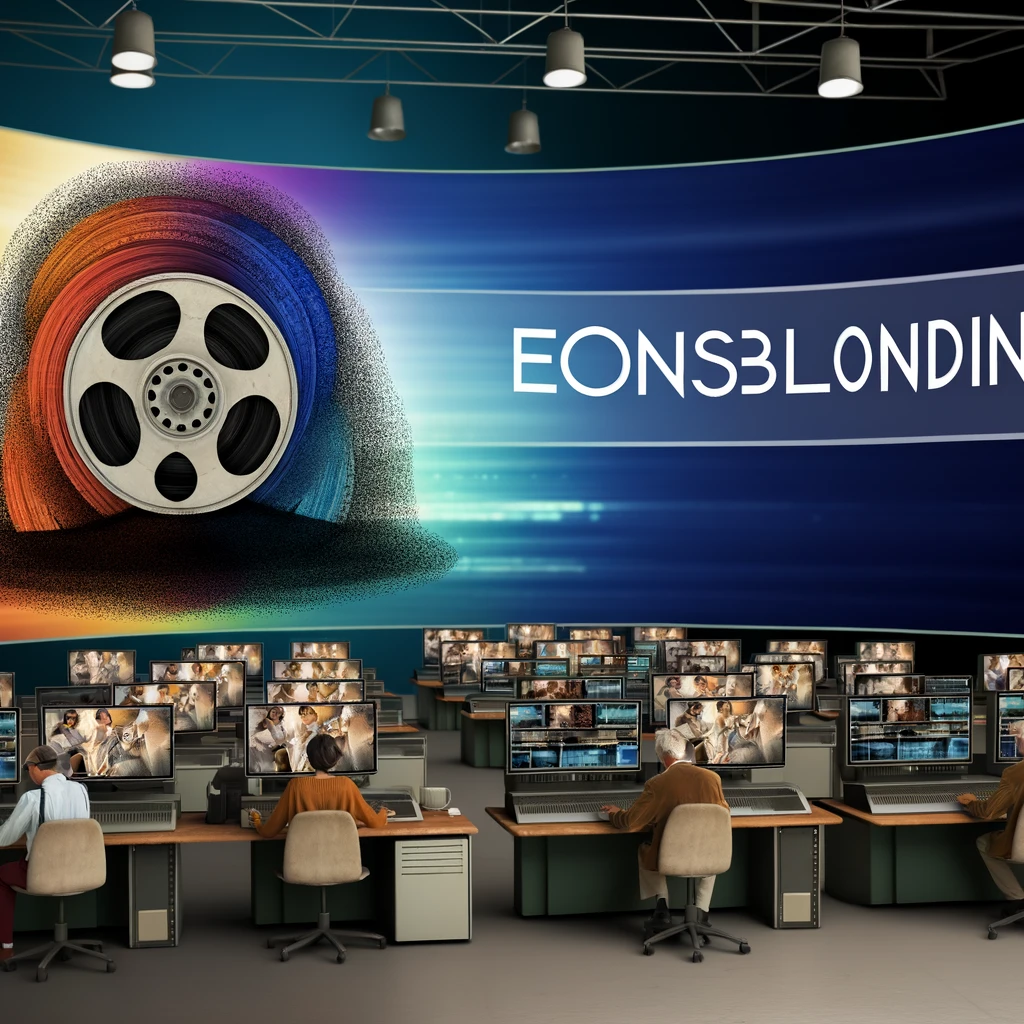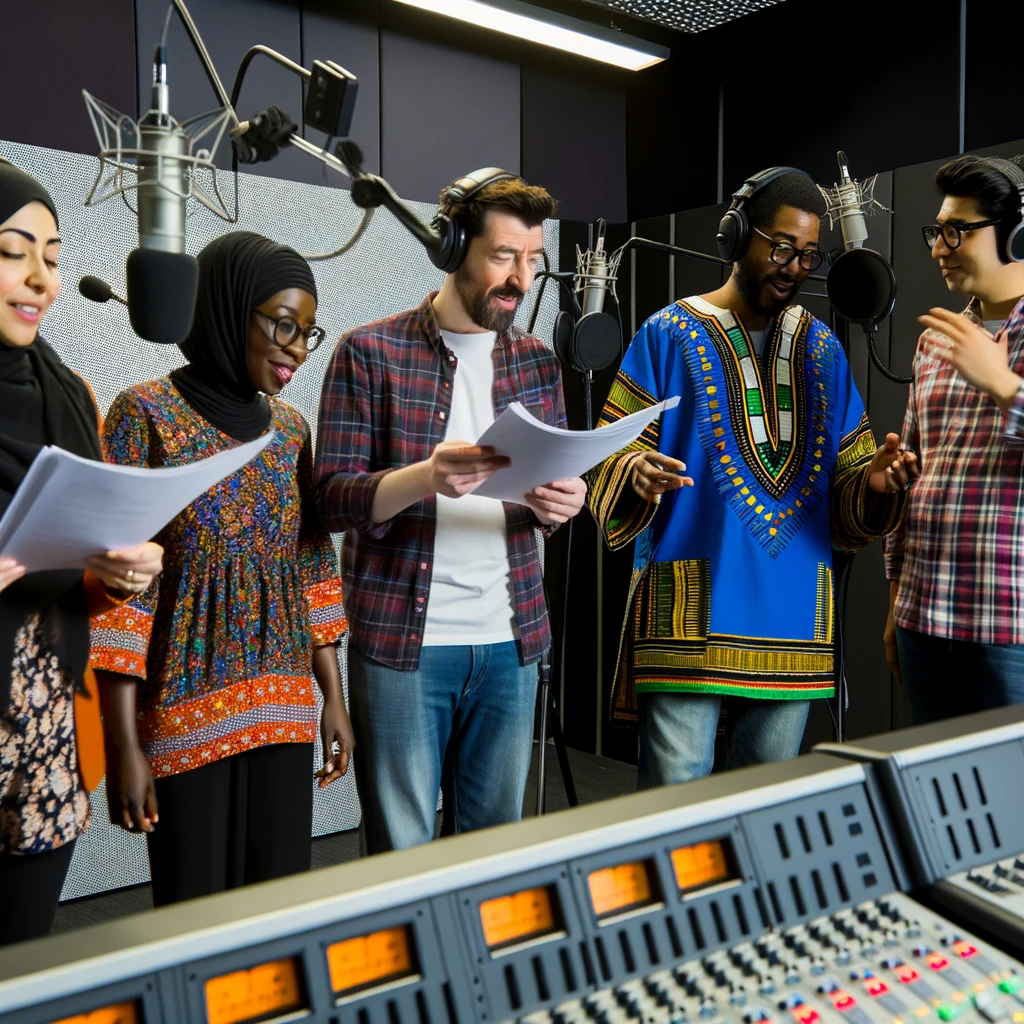
Introduction
Voice acting is a vital part of the entertainment industry, offering a unique platform for storytelling and character development. However, the discussion about diversity in voice acting has been long overdue. As audiences increasingly demand more authentic and representative portrayals, it is crucial to explore the current state of diversity in voice acting and how the industry can evolve.
The Importance of Diversity in Voice Acting
Diversity in voice acting is not just about representation; it's about authenticity and the richness it brings to storytelling. When characters are voiced by actors who share their cultural, ethnic, or linguistic backgrounds, it adds a layer of depth and realism that resonates with audiences.
Reflecting Society’s Diversity
As society becomes more diverse, it's essential for media to reflect this in its content. Diverse voice actors can provide perspectives and nuances that enrich the narratives and make them more relatable to a global audience.
Enhancing Cultural Representation
Accurate cultural representation in media helps combat stereotypes and fosters understanding. When voice actors from various backgrounds are given opportunities, it not only enhances the cultural validity of characters but also educates audiences about different cultures and experiences.
Challenges in Achieving Diversity
Despite the clear benefits, there are significant challenges to achieving diversity in voice acting. These include systemic barriers within the industry and a lack of opportunities for underrepresented groups.
Barriers to Entry
Many aspiring voice actors from diverse backgrounds face barriers to entry, including lack of access to industry networks, training, and resources. Additionally, casting biases often favor well-known or established actors, further limiting opportunities for newcomers.
Typecasting and Stereotypes
Typecasting is a persistent issue where actors are often limited to roles that match their ethnic or cultural background, restricting their versatility and career growth. Moreover, stereotypical roles can perpetuate harmful narratives rather than challenge them.
Steps Towards a More Inclusive Industry
To address these challenges, the voice acting industry must actively work to create an inclusive environment that fosters diversity.
Inclusive Casting Practices
Adopting inclusive casting practices is critical. This includes open auditions, blind casting, and actively seeking diverse talent for all roles, not just those that are ethnically specific.
Support and Training Programs
Providing support and training programs targeted at underrepresented groups can help bridge the gap. Scholarships, mentorship programs, and workshops can empower diverse actors to pursue voice acting careers.
Industry Accountability
Industry leaders and organizations must hold themselves accountable for diversity and inclusion. This involves setting measurable goals, tracking progress, and being transparent about efforts to promote diversity.
Conclusion
Diversity in voice acting is essential for authentic storytelling and cultural representation. While there are challenges, the industry can take concrete steps towards inclusivity. By embracing diverse voices, we enrich the narratives that shape our understanding of the world and foster a more inclusive media landscape.
Related Articles
